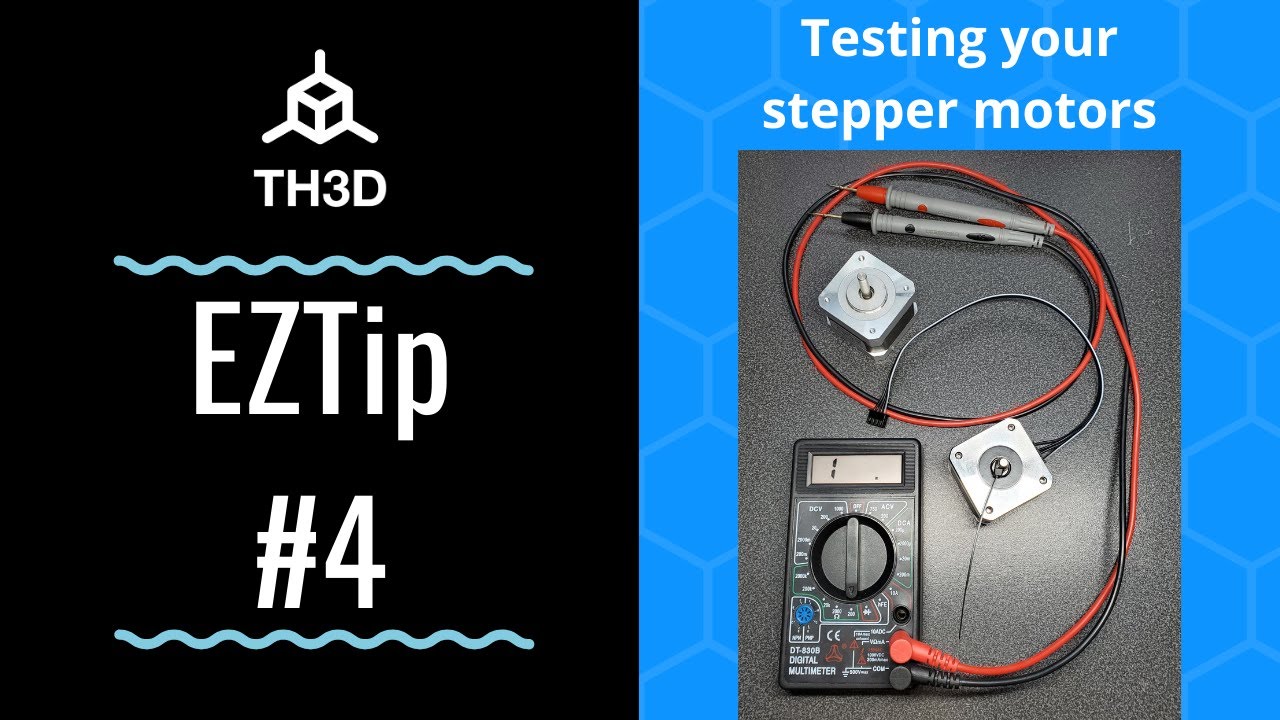Hey guys! So I modded my K40 a couple of years ago and went with an AWC608 upgrade from lightobject. I have external drivers running off of a 24v ps. After cleaning everything ( deep cleaning! Took it all apart and back together) when it was time to do the mirror alignment on my 60w tube, I noticed I had no light (power) on one of the drivers. Then I took notice to the fact the x wasn’t doing anything. They are original motors and when I tested the motors resistance it was like 5 ohms for both poles on my y axis and then the problem motor (x) and got 5 ohms on one and 150 on the other pole. A light is a light and can burn out, driver board looks fine. So I don’t k ow if it is a bad motor, driver or both! Can anyone tell me how to test these things a little better to narrow it down to a purchase of the right product? Thanks
I assume that when you tested the motor that it was disconnected from the control board?
I guess it was “connected” but no power and it connects to my driver then the driver connects to the board by way of PUL, DIR and OPTO (5v). It was disconnected from the wall a I was testing resistance as opposed to everything else! Am I missing something? After years of looking I finally found the specs to my x and y motors and forgive but I don’t FULLY understand what they mean:
Y= 2 phase .9 angle, 4.7v/1A Res. 4.7/phase
X= 2 phase .9 angle, 5.52v/.48Amp/Phase Res. 11.5
I’m getting 12.6 on X and Y is 5.4 in the resistance part consistently. Idk what hy I got the other last night. Regardless, I know driver/motor/power can be touchy so I didn’t want to connect something and blow another motor or driver. That’s why I’m here.
If you don’t disconnect the motors from the control board, then you don’t know for sure what you are testing. Stepper drivers typically fail long before stepper motors.
The meter tests resistance by supplying a voltage and measuring the voltage drop across a known series resistance internally. This means that if you have anything that acts like a diode in the circuit you are trying to measure, you might get different readings depending on how you connected the probes.
So to test the motors, you really want to disconnect them from the control board.
When you “took it all apart and back together” did you disconnect the electronics?
If you could switch the connections so driver X is feeding motor Y (and vice versa) that would let you isolate which is the problem.
Good thinking about the diver switch, I was hesitant because of horror stories but I did do that. This time the green light came on on my “messed up” driver. I have soldered the wires and everything but the ultimate culprit seemed to be this cheap green connectors with tiny screws and metal plated in them.I checked my wires for about the third time and guess what… it felt like working. Thanks for the information and knowledge!
Those screw terminals can be picky. When I first used them I didn’t know they pinched on the bottom and had put the wire in the slot and turned the screw counterclockwise. Didn’t hold so well… Now, I always turn the screw counter clockwise fully, insert the wire and then turn the screw clockwise. I also watch how much of the wire insulation is trimmed back since I had once pinched the insulation instead of the wire strands and that didn’t work so well with intermittent contact and eventually a loose wire.
